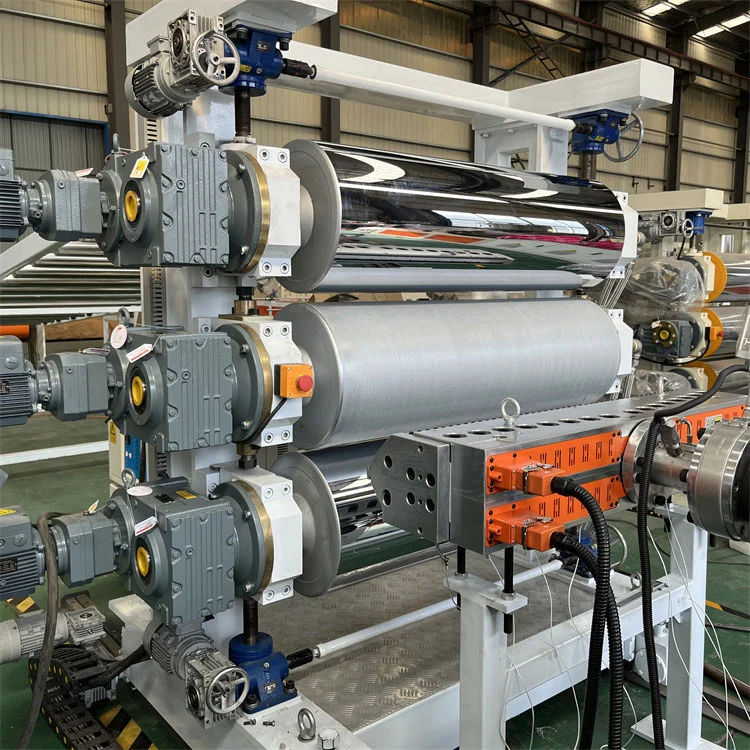How to operate Plastic Board Extruder Machine
2025-05-22
Operating a plastic board extruder machine involves several key steps that include preparation, machine startup, parameter adjustment, production, and shutdown. Here's a general step-by-step guide. Always consult your specific machine's user manual, as models and features may vary.
Safety First
Before starting:
Wear protective gear (gloves, goggles, ear protection).
Ensure all guards and emergency stops are functional.
Make sure the area is clean and free from obstructions.
Verify that trained personnel are operating the machine.
Step-by-Step Operation Guide
1. Pre-Operation Setup
Check materials: Use the correct type of plastic (e.g., PVC, PP, PE, etc.).
Dry raw materials: Some plastics absorb moisture and need drying.
Inspect machine: Check screws, barrels, heaters, and control panel.
Power on: Turn on the main power supply and control systems.
2. Heating & Preheating
Set the barrel and die head temperatures according to the plastic type.
Wait until all zones reach the desired temperature (can take 30–60 mins).
Common zones: feed zone, compression zone, metering zone, die.
3. Feeding & Extrusion Start
Start the feeder system (if automatic).
Begin slow screw rotation (manual jog mode) to ensure smooth flow.
Gradually increase screw speed as the melt builds up.
4. Adjusting Parameters
Typical parameters include:
Screw speed (RPM): Controls extrusion rate.
Temperature: Each zone must be within specified range.
Die gap & calibrator settings: Affects board thickness and width.
Cooling system: Ensure water or air cooling is active.
5. Board Forming & Haul-Off
Melted plastic exits the die in sheet form.
Pass it through the calibration and cooling unit to shape and harden.
Use the haul-off (puller) to pull the board continuously.
Adjust speed to maintain proper thickness and surface finish.

6. Cutting or Stacking
Boards are either cut to size using a saw or stacked for rolls.
Ensure synchronization with haul-off speed to prevent distortion.
7. Monitoring During Production
Continuously monitor:
Melt pressure
Output thickness/width
Surface quality
Temperature fluctuations
Check for any abnormal sounds, vibrations, or product defects.
8. Shutdown Procedure
Stop material feeding.
Reduce screw speed and let the barrel run until empty.
Turn off heaters (some use reverse screw rotation for cleaning).
Power down control systems safely.
Clean die and screw if necessary.
If you are interested in our products or have any questions, please feel free to contact us and we will reply you within 24 hours.